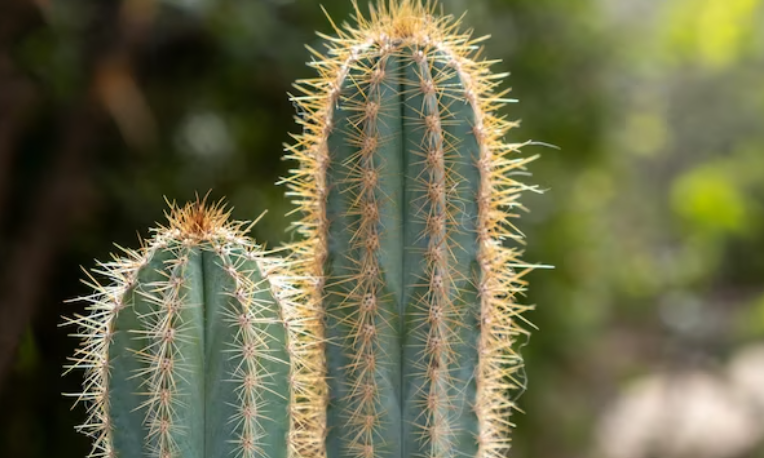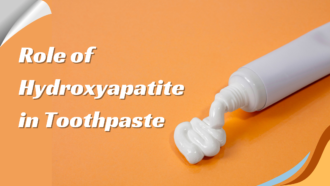Synthesis of Mescaline
Mescaline is a psychedelic hallucinogen obtained from the small, spineless cactus Peyote (Lophophora williamsi), the San Pedro cactus, the Peruvian torch cactus, and other mescaline-containing cacti. It is also found in certain members of the Fabaceae (bean family) and can be produced synthetically. More info in forum – https://bbgate.com/
History of Synthetic Mescaline
People have used hallucinogens for hundreds of years, mostly for religious rituals or ceremonies. Mescaline leads to rich, intense visual hallucinations. From the earliest recorded time, peyote has been used by natives in northern Mexico and the southwestern United States, where it grows, as a part of traditional religious rites. It has an effect that is like LSD or psilocybin (magic mushrooms) and other hallucinogenic drugs.
While the psychoactive effects of the peyote cactus were apparent to Western consciousness since the Spanish conquest of Mexico in the early sixteenth century, the principal active ingredient, 3,4,5-trimethoxy-β-phenethylamine, otherwise known as “mescaline,” was not identified and isolated until 1897 by German chemist Arthur Heffter.
While the psychoactive effects of the peyote cactus were apparent to Western consciousness since the Spanish conquest of Mexico in the early sixteenth century, the principal active ingredient, 3,4,5-trimethoxy-β-phenethylamine, otherwise known as “mescaline,” was not identified and isolated until 1897 by German chemist Arthur Heffter.
Previously, the usage of peyote had been suppressed (albeit unsuccessfully) by Catholic missionaries in the Americas, fueled by beliefs of the cactus facilitating communication with the Devil. However, during the late nineteenth century, Western researchers became increasingly interested in hallucinogenic substances. Heffter’s identification and isolation of mescaline inspired a number of clinical trials in hopes of using the drug to model psychosis and thus elucidate its underpinnings.
Then, in 1918, Viennese chemist Ernst Späth pioneered a bespoke synthesis of mescaline from common chemical building blocks and corrected a small but significant error in the molecular structure originally proposed by Heffter. Now that its production was disentangled from the need to obtain large quantities of peyote, clinical research further intensified (Abbott, 2019).
From Natural Role to First Consumption
Mescaline became the prototypical psychedelic drug and was used as the benchmark standard by which other entheogenic substances, such as LSD and psilocybin, would be measured. Through a range of well-intentioned clinical studies, and some contrastingly insidious US government-run experiments during the 1940s and 50s, interest in mescaline continued to gather momentum. Dramatically blasting open the doors of perception for Aldous Huxley, the cactus-derived hallucinogen’s popularity dramatically increased after the publication of his seminal work. During the 1960s’ counterculture movement, and ever after, increasing numbers of people have been traveling to South Texas and Mexico with the intention of consuming peyote and experiencing its reputed transcendent effects. Now, the New Age tourists are more likely to travel to Mexico than Texas to obtain peyote, particularly in San Luis Potosi, a sacred site visited over the centuries by Huichol pilgrims (Schaefer, 2017).
Furthermore, the potential effects of climate change on mescaline populations are unknown. The combination of the aforementioned factors has led to a significant decline in both US and Mexican peyote populations over the last 60 years, to the point that the cactus is now considered a vulnerable species. Overharvesting also leads to reduced sexual reproduction and, in turn, a loss of genetic diversity within populations, thereby posing a significant threat to the continuing survival of this species in the wild.
From Ecstasy to Synthetic Mescaline
The top of the cactus above ground, or the crown, consists of disc-shaped buttons that are cut from the roots and dried. These buttons are generally chewed or soaked in water to produce an intoxicating tea. It can be consumed raw or dried but is extremely bitter. The hallucinogen may also be ground into powder for oral capsules or smoked with marijuana and tobacco.
The hallucinogenic experience typically begins in 60 minutes after consumption and lasts about 8 to 12 hours. However, different doses can affect people in various ways, and doses extracted from plants can vary widely.
Mescaline is used primarily as a recreational drug and is also used to supplement various types of meditation and psychedelic therapy.
It is classified as a schedule I drug in the U.S., making it illegal in all forms (including peyote); however, it remains legal in certain religious ceremonies registered by the Native American Church Schedule I drugs have a high potential for abuse, no currently accepted medical use in treatment in the United States, and a lack of accepted safety for use under medical supervision.
Like most psychedelic hallucinogens, mescaline is not physically addictive; however, it can cause tolerance meaning higher doses are needed to achieve the same hallucinogenic effect. Mescaline-containing cacti can induce severe vomiting and nausea, which is an important part to traditional Native-American or Shaman ceremonies and is considered a cleansing ritual and a spiritual aid.
Summary
The rise in popularity of synthetic mescaline has unfortunately led to a certain degree ofillegal activities. Mescaline also has a slow growth rate and can only be harvested sustainably once every eight years to allow sufficient time for the psychoactive succulent to recover. Moreover, the habitat available to mescaline has shrunk drastically in the last 60 years.
FAQs
- What does it look like?
Mescaline comes from button-shaped seeds found in the peyote cactus and from some other members of the Cactaceae plant family and from the Fabaceae bean family.These ‘peyote buttons’ are dried or mixed with water to make a hallucinogenic drink.
- What does it taste/smell like?
Mescaline has a bitter taste, so some people grind peyote buttons into an off-white powder that is put into capsules.
- How do people take it?
Mescaline has been used for thousands of years and is best known as a drug used by some Native Americans in Mexico as part of their religious ceremonies.Peyote buttons are most often chewed, but they can also be mixed with water and swallowed. Sometimes mescaline is made into a powder and put into capsules and swallowed.
- Is synthetic mescaline legal?
This is a Class A drug, which means it’s illegal to have for yourself, give away or sell. Possession can get you up to 7 years in prison, an unlimited fine or both.Supplying someone else, even your friends, can get your life in prison, an unlimited fine or both.Like drink-driving, driving when high is dangerous and illegal. If you’re caught driving under the influence, you may receive a heavy fine, driving ban, or prison sentence.If the police catch people supplying illegal drugs in a home, club, bar, or hostel, they can potentially prosecute the landlord, club owner or any other person concerned in the management of the premises.

















